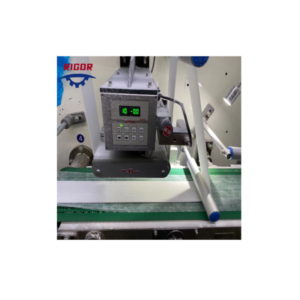Parents can determine if a diaper is the right size for their baby by considering the following factors:
Fit around the waist: The diaper should fit snugly around the baby’s waist without being too tight or leaving red marks. It should fasten securely without gaps. If the diaper feels too loose or is difficult to fasten, it may be too big.
Fit around the legs: The leg cuffs of the diaper should create a gentle seal around the baby’s thighs, without being too tight or causing discomfort. If there are significant gaps or the leg cuffs leave marks on the baby’s skin, the diaper may be too large.
Absorbency and leakage: A properly fitting diaper should effectively absorb and contain urine and bowel movements. If the diaper frequently leaks or overflows, it may be too small and unable to accommodate the baby’s needs.
Comfort and mobility: The baby should be able to move freely and comfortably while wearing the diaper. If the diaper restricts the baby’s movement or causes discomfort, it may be the wrong size.
It’s important to note that every baby is unique, and sizes can vary between diaper brands. It’s advisable to consult the specific size guidelines provided by the diaper manufacturer. These guidelines often indicate the weight range or age range for each diaper size, helping parents choose the appropriate size based on their baby’s weight or developmental stage.
Regularly assessing the fit of the diaper and adjusting sizes as the baby grows is important to ensure comfort, prevent leaks, and maintain good hygiene.
How often should parents check if the diaper size needs to be adjusted?
Parents should regularly check if the diaper size needs to be adjusted based on their baby’s growth and development. The frequency of these checks may vary depending on the individual baby’s growth rate, but here are some general guidelines:
Weight and age milestones: Diaper sizes are often determined by weight or age ranges. Keep track of your baby’s weight and compare it to the recommended weight range for the current diaper size. If your baby’s weight exceeds the upper limit or is approaching it, china baby diapers manufacturer it may be time to consider moving up to the next size.
Leaks and blowouts: If you notice frequent leaks or blowouts that go beyond the capacity of the current diaper size, it could be a sign that the diaper is too small. In such cases, it’s worth considering a larger size to ensure better containment.
Red marks or discomfort: Check for any red marks or indentations on your baby’s skin after removing the diaper. If you notice significant marks or if your baby appears uncomfortable or restless while wearing the diaper, it could indicate that the current size is too tight. Consider trying the next size up for a better fit.
Growth spurts: Babies go through growth spurts at different stages, resulting in rapid weight gain. During these periods, it’s a good idea to be more attentive to the fit of the diaper and consider adjusting the size if necessary.
Remember, these are general guidelines, and it’s important to be attentive to your baby’s individual needs and comfort. Regularly checking the fit of the diaper and making adjustments as needed can help ensure that your baby remains comfortable, dry, and protected.
